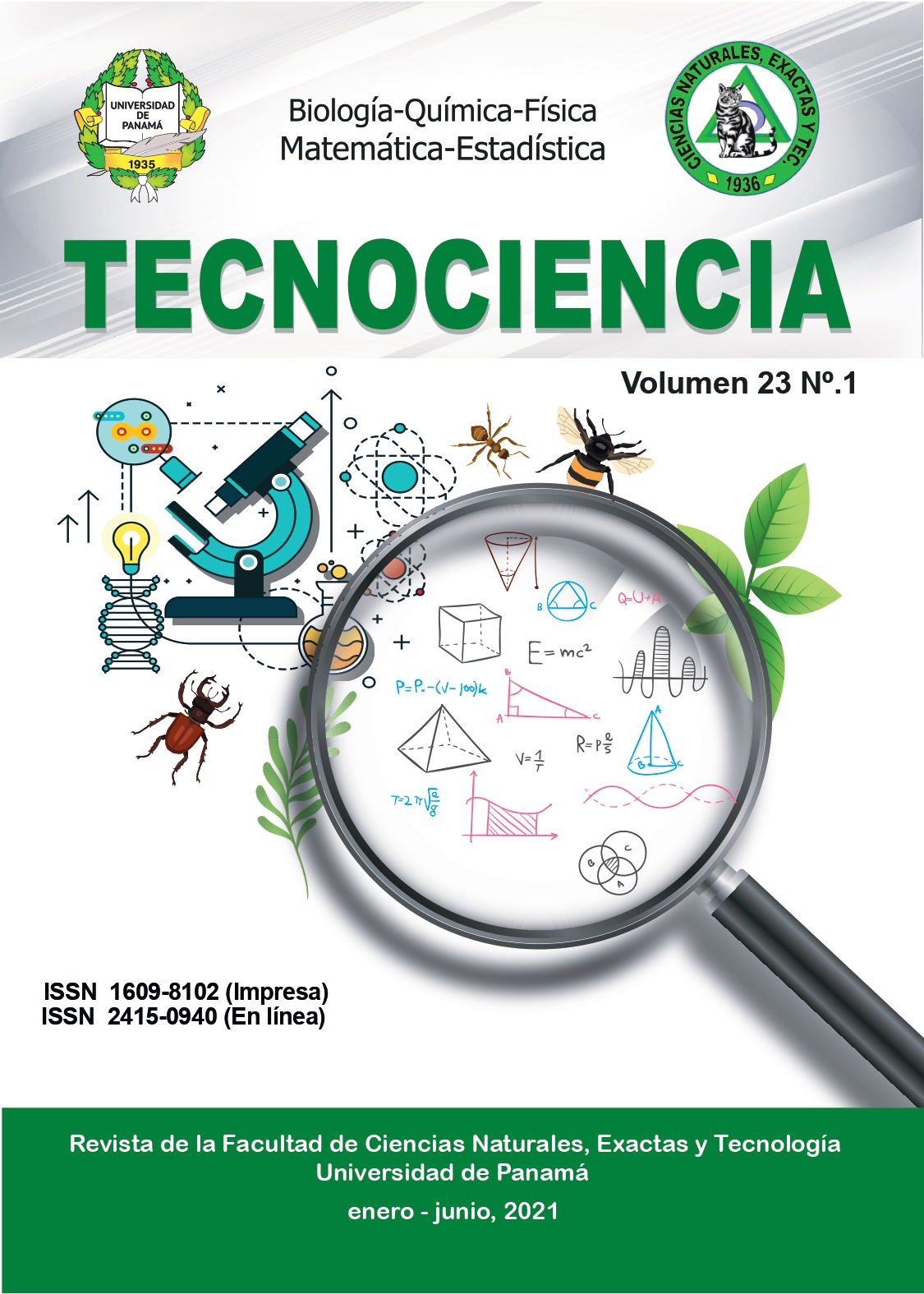

The neotropical genus Camarotus Germar, 1833 (Coleoptera: Curculionidae), is a relatively small group of insects and little is known about their biology and ecology. This work presents the plant species associated with this genus of weevils and their new species reports. To do this, existing publications on the genus were consulted and specimens collected in Panama and other Neotropical countries were identified, thanks to the support of national and foreign institutions, through the loan of type specimens and other materials. We found that the vegetation associated with Camarotus is represented by six orders, eight families, 10 genera and 11 plant species: Brosimum utile, Luehea seemannii, Apeiba membranacea, Miconia theaezans, Vochysia ferruginea, Combretum fruticosum, Acalypha diversifolia, Tapirira guianensis, Eschweilera atropetiolata, Eschweilera rodriguesiana and Corytophora alta; the first eight being present in Panama, associated with five species of Camarotus. Additionally, 12 Camarotus species are recognized for Panama, of which 11 represent new reports: C. angustifrons, C. attelaboides, C. coccinelloides, C. costaricensis, C. crenulatus, C. ferrugineus, C. flammeus, C. fusiger, C. granada, C. ohausi and C. peltatus; while in Peru nine new reports are recognized: C. attelaboides, C. carinatus, C. carrapatus, C. coccinelloides, C. dispar, C. fusiger, C. punctatus, C. submaculatus and C. werneri. The habits of the Camarotus larvae are unknown, therefore the plants are considered associated.